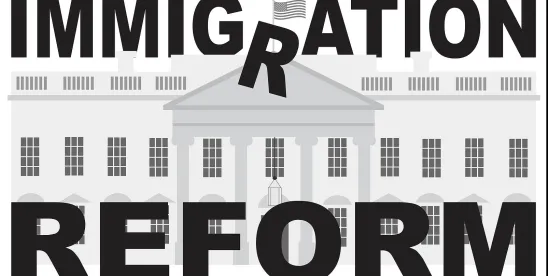Secretary of Labor Lori Chavez-DeRemer announced the creation of a new Office of Immigration Policy (OIP) within the Department of Labor (DOL)’s Office of the Secretary. The move is part of the Trump administration’s broader effort to streamline legal, employment-based immigration processes, enhance coordination across federal agencies, and reduce employer reliance on undocumented workers.
Purpose and Goals
The OIP is designed to provide centralized oversight, policy direction, and resource coordination for all employment-based immigration programs under DOL jurisdiction, including:
- H-2A (Temporary Agricultural Workers)
- H-2B (Temporary Non-Agricultural Workers)
- H-1B (Specialty Occupations – via the Labor Condition Application (LCA) process)
- PERM (Permanent (PERM) Labor Certification for Employment-Based Green Cards)
- Prevailing Wage Determinations
Key Functions of the OIP
- Strategic Oversight and Resource Management: Centralizes budgetary and operational control for all immigration-related functions within DOL, with the goal of improving efficiency and ensuring strategic alignment with administration priorities.
- Policy Development and Coordination: Develops and implements immigration policy priorities in close coordination with agency heads, such as those from the Employment Training Administration (ETA), Wage and Hour Division (WHD), and Bureau of International Labor Affairs, and liaises with external entities, including the Office of Management and Budget, Congress, press, and federal agencies such as Department of Homeland Security (DHS) and State.
- Program Improvement and Service Delivery: Focuses on modernizing the administration of foreign labor certification using the latest technologies, improving customer service, and reducing delays in visa processing.
- Regulatory and Project Management: Provides leadership on all immigration-related regulatory initiatives, seeking to ensure timely execution of project milestones and addressing interagency bottlenecks.
- Federal and Interagency Coordination: Enhances coordination with agencies like DHS, State, and the Department of Agriculture to create a more unified and responsive employment-based immigration system.
Potential Benefits for Key Immigration Programs
1. H-2A and H-2B Programs
- Simplified Processing and Interagency Coordination: By serving as a “one-stop shop,” OIP may reduce processing delays and inconsistent communication between DOL, DHS, and State.
- Increased Responsiveness: Greater focus on seasonal and agricultural labor certification needs may improve predictability for U.S. employers.
- Employer Access: Streamlining the certification process may encourage greater compliance and reduce undocumented hiring.
2. Prevailing Wage and PERM Labor Certification
- Centralized Oversight: Improved alignment across ETA and OIP may accelerate prevailing wage determinations and PERM adjudications.
- Technology Improvements: A customer-centric modernization of processes might reduce the current backlog and make filing more transparent.
- Policy Flexibility: Enhanced oversight may enable the department to rapidly adapt to changing labor market conditions and economic demands.
3. H-1B LCA Process
- Faster Approvals and Oversight: OIP’s centralized approach may speed up LCA certifications and ensure that WHD enforcement actions are more coordinated with policy goals.
- Policy Clarity: A dedicated office may help resolve ambiguities in LCA enforcement and improve employer understanding of compliance obligations.
Takeaways
The OIP’s creation signals a major administrative reform within the DOL, aimed at making legal workforce pathways more efficient, accessible, and aligned with national economic priorities. If implemented effectively, OIP has the potential to improve processing times, regulatory consistency, and employer satisfaction across major employment-based visa categories—including H-2A, H-2B, H-1B, and PERM. It also offers a policy mechanism to encourage lawful hiring practices, thereby supporting broader immigration enforcement goals



 />i
/>i
